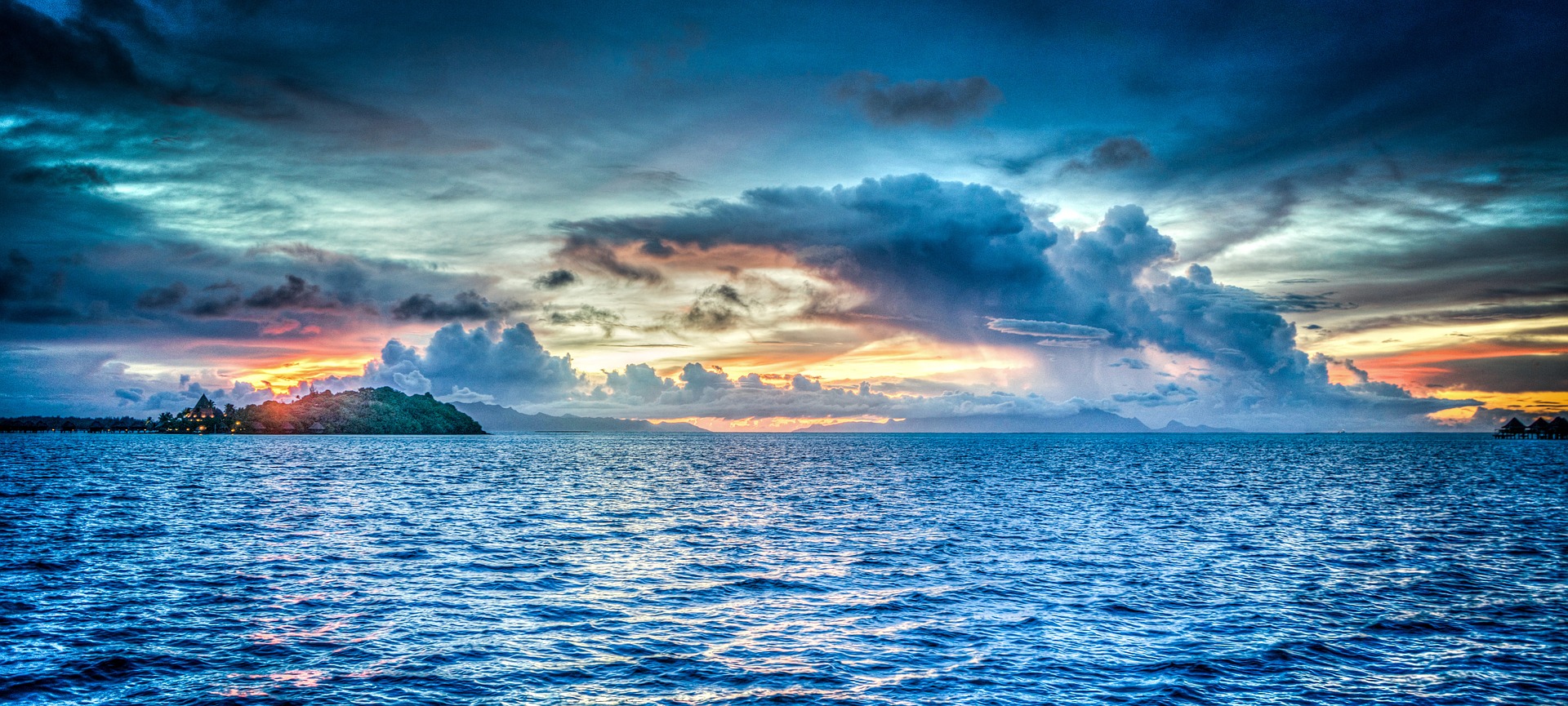

The moored current meter observations in the Maluku Channel of the Indonesian seas suggest that upwelling equatorial Kelvin waves in the spring-summer of 2014 are forced by a significant increase of the Indonesian Throughflow (ITF) transport toward the Indian Ocean, induced by a northward shift of the Mindanao Current retroflection from an intrusion state to a choke state at the entrance of the Indonesian seas. The embryonic 2014 El Niño are suggested to be stalled by the upwelling Kelvin waves. The sea level anomalies forced by the interannual winds and western boundary reflection are found much larger than those forced by the intraseasonal westerly wind events, suggesting that the latter is not the primary force to stall the onset of the 2014 El Niño. In 2015, low-frequency westerly winds and the weak upwelling Kelvin waves reflected from the western boundary in the spring-summer induced a major El Niño event at the end of the year.
Observations have shown that the equatorial Indian Ocean heat content is charged since late 2014. The 2015-2016 super El Niño continues to charge the equatorial Indian Ocean heat content to a record high. The ensuing outburst of the negative IOD event in the summer of 2016 generates downwelling Kelvin waves to propagate to the western Pacific through the Indonesian seas, which has impeded the growth of the 2016 La Niña in the Pacific Ocean and induced the weak warming in the summer-fall of 2017. The multiple-year warming of the cold tongue is suggested to embark a warming phase of the Pacific decadal oscillation, which is suggested to be responsible for the termination of the latest global warming hiatus.
Biography
Dongliang obtained his PhD from the Department of Oceanography at Florida State University in 1995. He continued in Florida State University as a postdoctoral researcher for two years and he then moved to theNASA Goddard Space Flight Center to work as a Scientist during 8 years. Currently, Dongliang is a full research professor at the Institute of Oceanology of the Chinese Academy of Sciences. His research fields cover a broad spectrum of the modern oceanography and climate study, including the general ocean circulation in the Pacific and Indian Oceans and the coastal and shelf processes over the American shelves and in the marginal seas of China. He has also discovered a new major ocean current in the North Pacific Ocean flowing westward: the North Equatorial Subsurface Current (NESC).